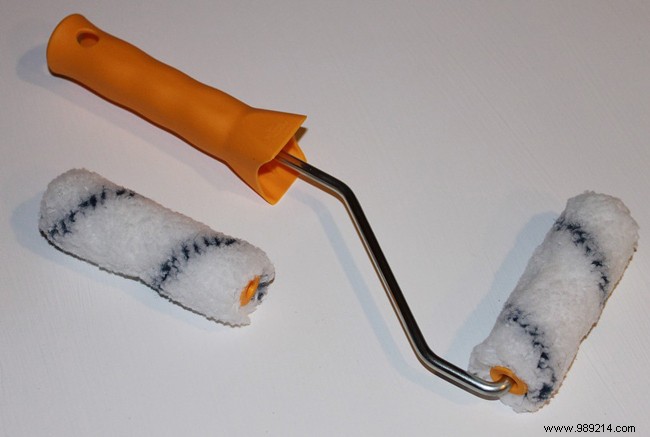Over the years, a white bathtub tends to yellow. Instead of replacing it, which could be particularly expensive, the application of a simple paint is often sufficient.
But as it must have certain qualities, particularly in terms of resistance to cleaning products and humidity, it is preferable to opt for resin. Here's how to apply it.

Rather than opting for a classic paint that risks flaking quickly, it is advisable to choose a resin that will only need to be tinted with dye. This material offers a better rendering and guarantees better resistance. Before its application, some preparatory work is necessary upstream. The preliminary phase consists of removing the seals.
Equip yourself with a cutter and a screwdriver for this. The first tool is used to cut the edges of the seal while the second allows it to be lifted and peeled off. If the seal resists, the use of acetone will then be necessary. Open the window to use the product. Once this is done, proceed to the step of cleaning the bathtub which will also be done in different phases. First with a classic cleaning product then with methylated spirit or acetone which will make it easier to degrease the bathtub. Finish by applying scouring powder with the help of an abrasive sponge and finally, rinse well.
For the resin to adhere properly, sanding work is a prerequisite before laying it. Using a fine-grit sandpaper, sand, making sure to reach certain hard-to-reach areas such as around the faucet, edges or corners. Rinse afterwards.
Always before applying the paint, stick a marking adhesive on the edges of the bathtub and at the base of the fittings to avoid overflowing on the parts that must remain clean, without resin. Care should also be taken to protect the walls and furniture around the bathtub, as well as plastic sheeting for the floor. You can use adhesive tape to secure everything properly.

The fateful step arrives. The resin must be prepared beforehand. There are some sold as a kit on the market. For application, it will suffice to refer to the manufacturer's recommendations. Wear gloves and start the operation with a brush, which is more effective in reaching hard-to-reach areas such as around the tub, corners, at the tap, etc.
The roller will allow you to paint the remaining parts of the bathtub. The first coat should be thick enough. After a pause time of two hours, apply the second coat.
After drying for a few hours, apply a silicone seal. This operation is also important insofar as it will seal the bathtub and avoid problems with infiltration and therefore mold. It is easily done if you have previously fixed a marking adhesive which will guarantee a regular installation. Smoothing with a wet finger in soapy water will be required to obtain a perfect result. Once the seal has been installed, two days of waiting are necessary before the tub can be used again. While the resin and sealant dry.